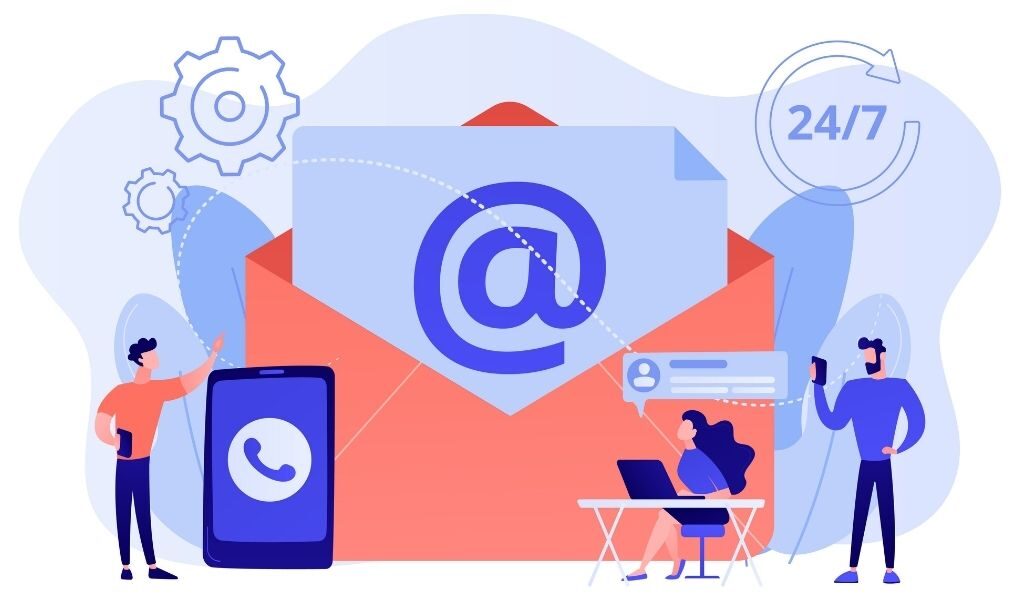Table of Contents
Sending a password-protected email allows you to preserve your privacy and security: how to use Tutanota and Protonmail
Send a Password-Protected Email, How To Do It
Now let’s see in detail how the ProtonMail service works. The service, with the servers kept in Switzerland, uses an end-to-end encryption system, in such a way as to preserve all communications in a form that is impossible to read even by the company’s own computers.
All messages sent between users of the service are encrypted but, as another option, the service offers the possibility to send messages to internal or external mailboxes and protected by passwords. Once logged in, in the interface you can choose the “ Compose ” item to start writing our mail message, present in the menu available in the left section of the screen.
Once the operation has been completed, i.e. the recipient, subject, and text have been entered, you can proceed with sending.
To do this, click on the padlock icon in the lower section of the page. Once done, it will be possible to enter the password (to be written twice for confirmation) as well as a useful hint to the recipient to retrieve it in case of need. Once the key has been inserted, click on the Set button to ensure shipment; subsequently, through the hourglass icon, it is possible to set the expiration of the communication, beyond which it will no longer be possible to read the e-mail.
Are you all done? Well. Just click on Send and send the email to the recipient. Once the email is received, the recipient will be able to see the subject and proceed with the reading after having carried out a few short steps.
In fact, the communication arrived in the mailbox contains a notification of receipt and a link to click on; once done, the screen presents a field to fill in with the password. Once the word has been entered, it is sent and the message is no longer encrypted.
Send a Password-Protected Email With Tutanota
As ProtonMail even Tutanota offers free sending email password protected. The servers are based in Germany, a country with particularly stringent data protection laws, thus offering an extremely high level of privacy to its users, even using only a free account.
Emails sent via Tutanota have an advantage over those sent via ProtonMail. In fact, through this service also the object of the communication is hidden, thus adding an additional piece dedicated to safeguarding security and confidentiality compared to what was previously offered.
Also in this case, through a quick registration that does not require the use of names or other identifiers, the only exception being username and password, you can start using the services in a few moments.
In the mailbox, you can start composing a new message by adding the recipient: it is in that field that Tutanota provides for the insertion of a key for reading. To activate it, just click on the padlock icon in the field dedicated to the object. Once you have set the password and composed the message, you can simply click on Send to send the communication directly to the recipient.
To unblock the email, you must try to open the communication: in the field that appears on the screen, you enter the password and send it, so that the decrypted text appears before your eyes. In this case, however, the expiration date of the email can not be set. The next email message acts as a dividing line: once received, the previous one blocked by a password will no longer be available for reading.
Password-Protected Mail, How To Make It Safe?
The first rule to make this type of communication even more secure is to share the password with a system other than an e-mail which, if compromised, would put all future communications in the streets. The same is true for shared devices: especially in the case of ProtonMail, it is better to avoid entering sensitive information in the object which, inadvertently, could be read in the notification. Better to postpone everything to the text.
Also Read: How Artificial Intelligence Will Change The Future Of Email Marketing



